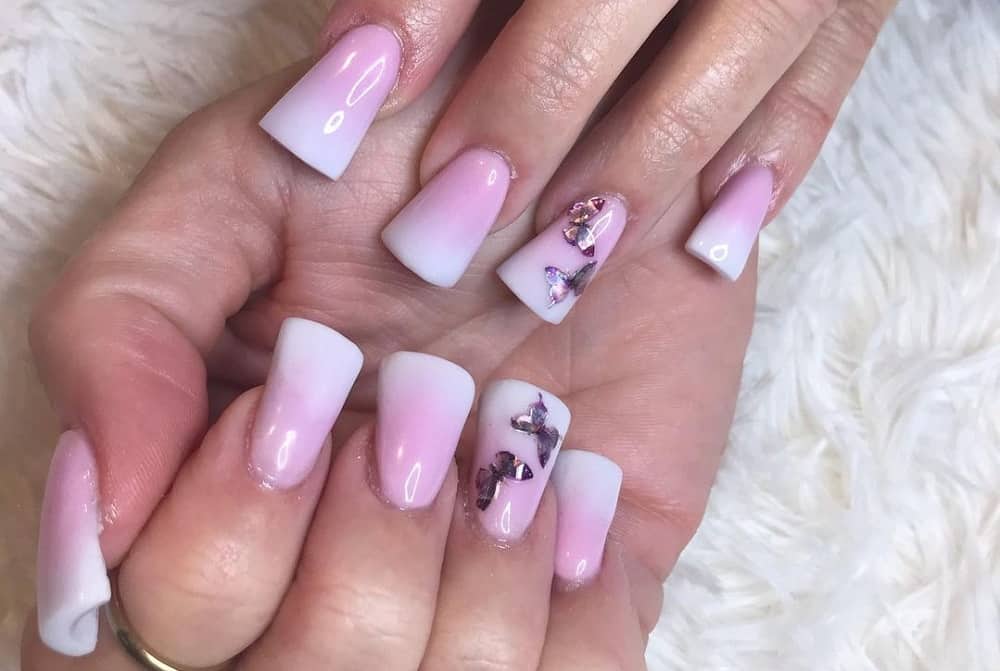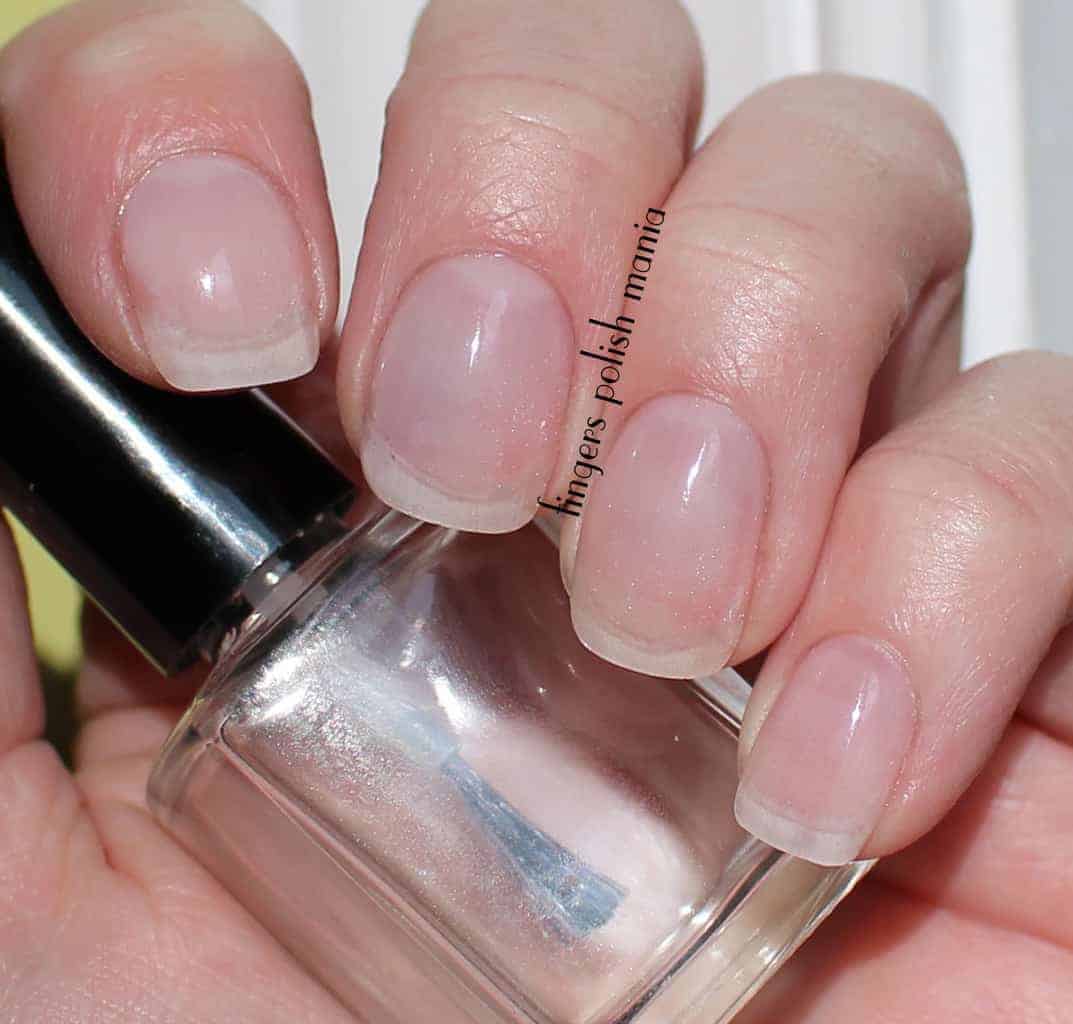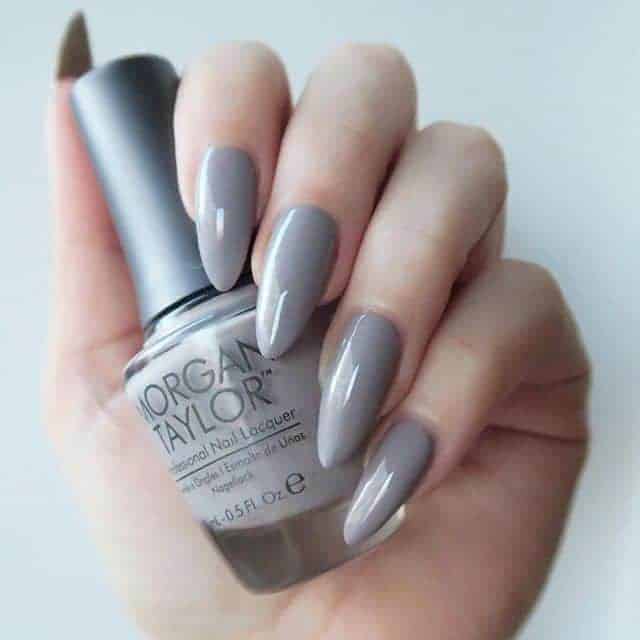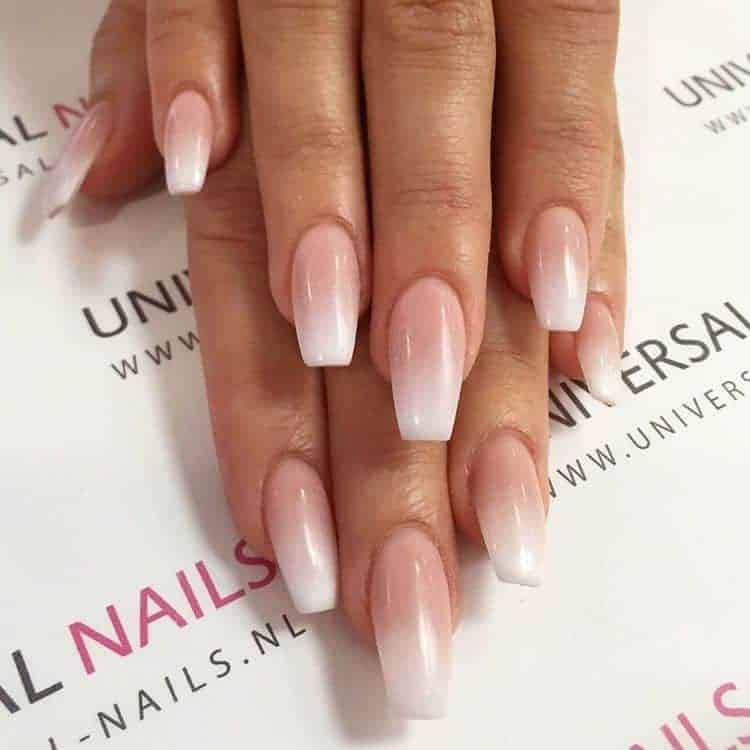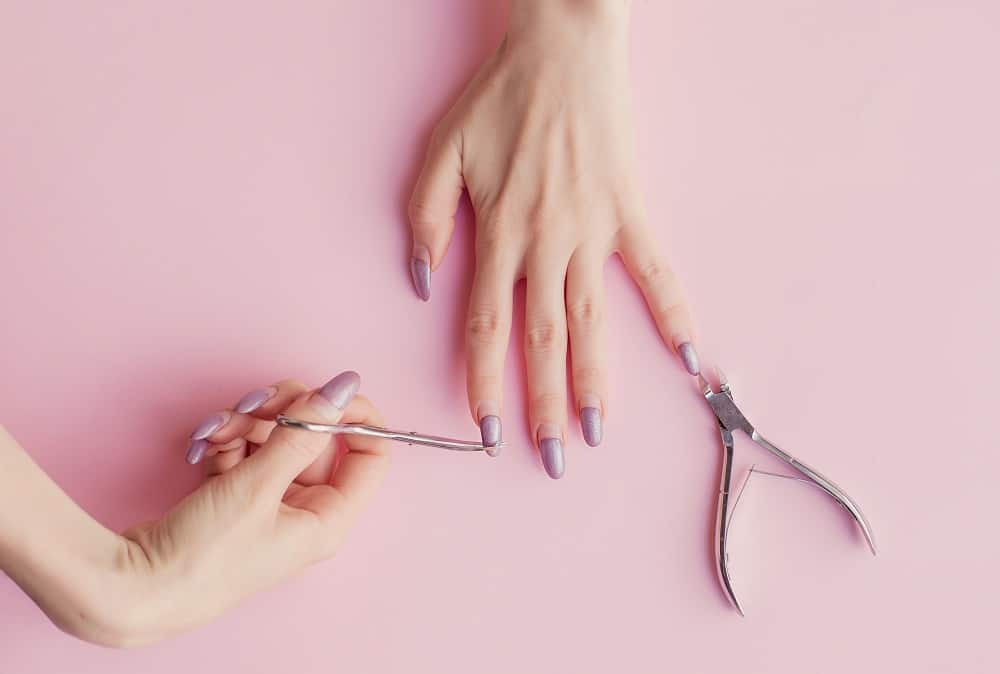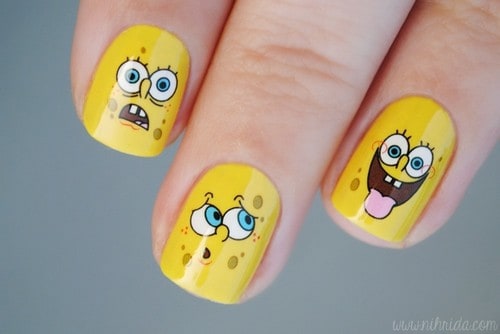What Is a Fanned Nail and How To Fix It
Nails are one of the most important parts of our body, especially for women. The condition of our nails reflects our personality and helps make an excellent first impression. However, if your nails are not well-shaped, it can cause frustration and embarrassment.
Fanned nails are very common, though they occur more often for women than for men. If you want to learn how to fix fanned nails, this article will provide some solutions.
What Is a Fanned Nail?
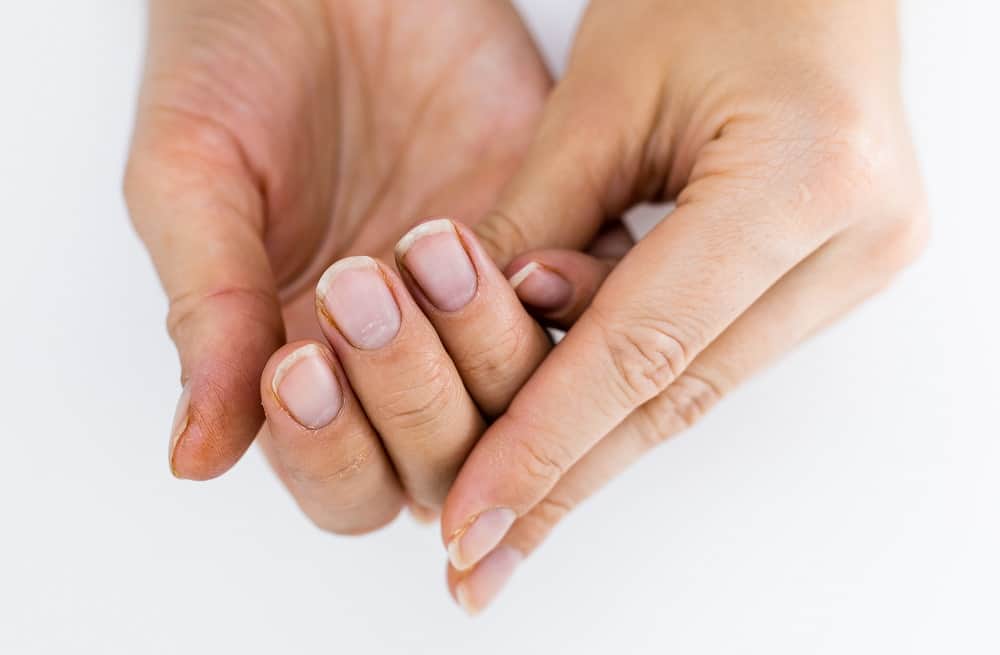
A nail that looks as if it is flaring out from the tip with a wide free edge is a fanned nail. There are several causes, and not all of them can indicate an underlying problem, though some can be due to aging or hormones. A study has also shown that fanned nails are sometimes a genetic trait.
Regardless of the cause, some dislike the look and want to know how to fix fanned nails.
What Causes Fanned Nail?
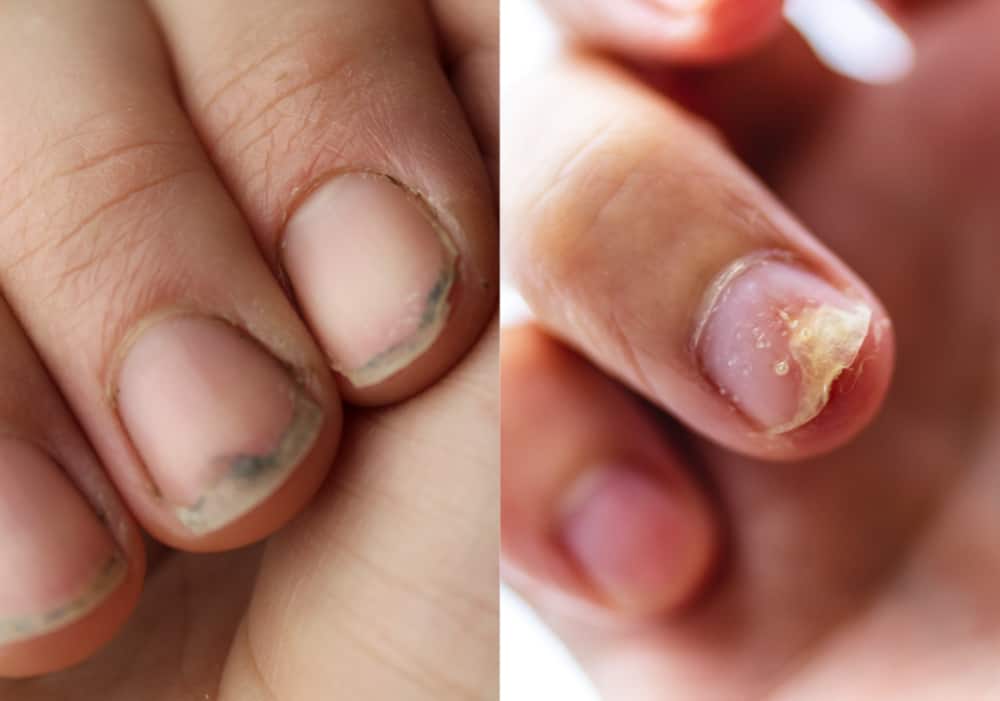
Fanned nail is caused by several things, including nutritional deficiencies, trauma to the nails, or certain medical conditions. Aging, genetic traits, and hormones are all possible causes as well.
Deficiencies in vitamins A, B, and C are often linked to fanned nails. Trauma to the nails can occur from things like over-washing or using harsh chemicals. Medical conditions that cause fanned nails include psoriasis, eczema, and diabetes.
What Are the Best Ways To Fix Fanned Nails?
You can change the appearance of fanned nails with a gel or acrylic overlay or by filing the natural nail to improve its shape.
Use an Overlay
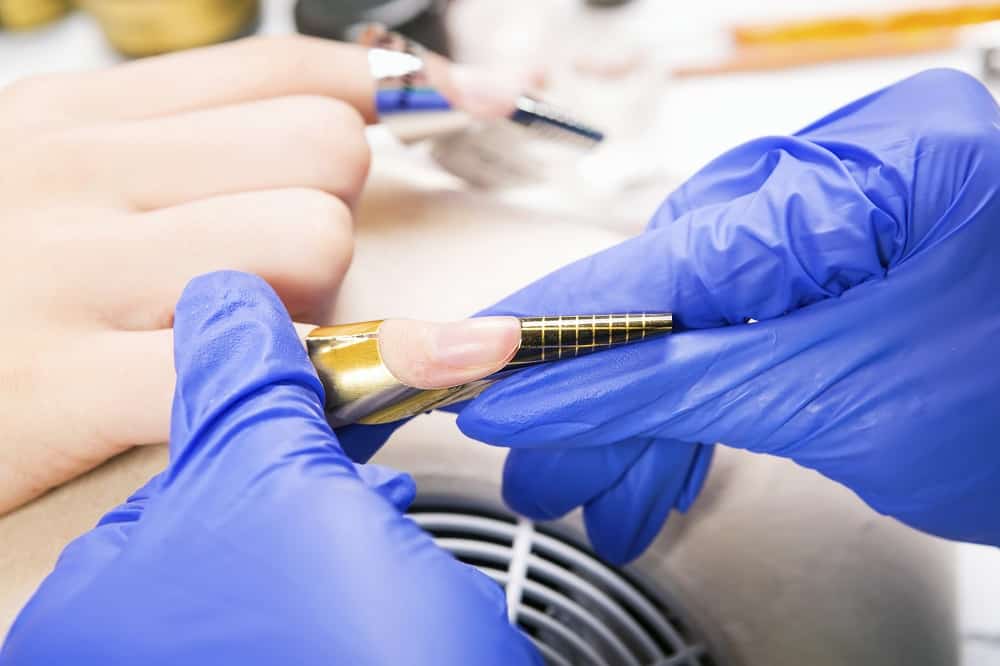
An acrylic or gel overlay differs from a full set of nails, and the overlay is a thin layer of compound applied to the natural nail without synthetic tips to add length. This is the most popular way to fix fanned nails.
The benefit of an overlay is that they add strength which can prevent splitting and provide a medium for shaping the curvature of the nail. An overlay looks natural with a clear topcoat and provides a durable surface for long-lasting nail polish or creative designs.
Prepare the nails before acrylic or gel application by buffing and filing them, then applying primer. After applying the overlay compound, it will begin hardening.
Before it completely dries, gently compress the acrylic at the nail sidewalls with a pinching tool to bend the c-curve into the desired shape. During gel application, use the same method to alter the curve by flash curing, then shape the nail while still warm from the curing lamp.
Be aware that pinching is an advanced method, and the ideal time to pinch is just before the product has fully cured and is still slightly malleable. If you pinch too soon, you can dent or otherwise damage the product compound.
If you pinch too late, when the product has hardened onto your natural nail, you risk causing discomfort or pulling the natural nail plate away from the nail bed, causing injury.
It will take practice to gain experience to get a feel for when the product is prime for pinching.
Once the nails have fully cured, use a buffer to smooth out any bumps or ridges on the surface of the overlay. To further refine the free edge, use a file to shape the nail square or as desired.
File Into an Oval Shape

If you prefer the natural look of your nails without synthetics, filing nails short or into an oval shape is the best option. Done correctly, this will minimize the appearance of fanned-out fingernails, and you will avoid breakage caused by improper filing techniques.
You do not want to file the sidewalls, which can weaken the nails. Instead, file only the free edge. Shape the nail on each side by filing in one direction towards the center of the free edge. Then, file the center of the free edge until the shape is round and smooth.
Avoid filing in a sawing motion or back and forth, which can cause fraying and lead to breakage.
To extend the life of your manicure, cap the free edge of your nails with a top coat after applying polish.
Enhance the Shape
There is also the option to embrace fanned nails by enhancing the shape with a flared tip manicure. A flared manicure uses synthetic tips or forms to exaggerate the look of fanned nails.
Also known as Jersey nails, duck bill nail, wide tips, or fan tips, this manicure is a statement look. So if you like bold fashion, flared nails may appeal to you as one of the biggest nail trends.
Think of it as the opposite of the coffin nail or ballerina nail, which tapers where a duck nail manicure flares.
When you want to fix fanned nails, a couple of options are available to correct the look. You can opt for an overlay or filing them down with an oval shape. However, try a flare tip manicure if you want to embrace your nails instead of changing them.
How To Stop Your Nails from Getting Fan Shaped
There are a few things that you can do to stop your nails from getting fan-shaped.
- Make sure that you are not over-washing your hands. Doing this can strip away natural oils and moisture, making your nails more susceptible to damage.
- Try using a cuticle cream or oil to keep your nails hydrated. This will help to prevent the corners of your nails from becoming dry and brittle.
- Be sure to file your nails regularly. This will help to keep them strong and less likely to peel. When filing fanned nails, file in one direction only. Filing back and forth can weaken the nails and cause them to break.
- Use a nail strengthener. A nail strengthener can help to prevent breakage and keep your nails looking their best.
- Avoid harsh chemicals. Harsh chemicals can damage and weaken the nails. When cleaning or doing other activities that involve chemicals, be sure to wear gloves.
The above three methods should fix your fanned nails if you choose one that’s right for you.
